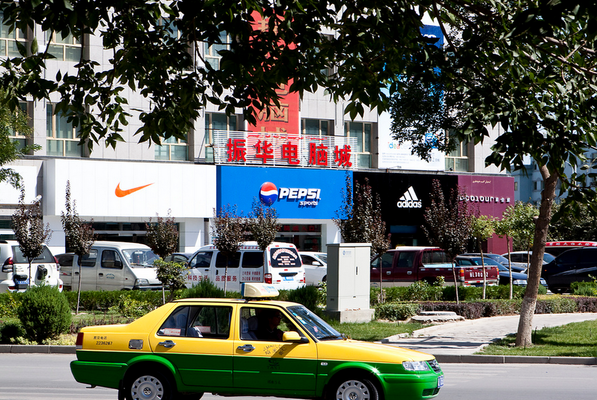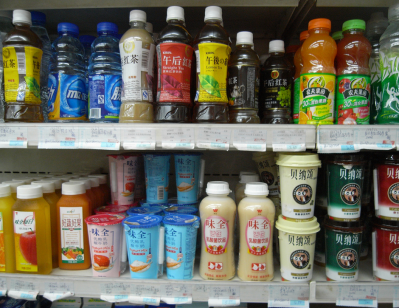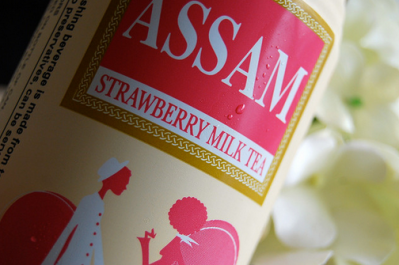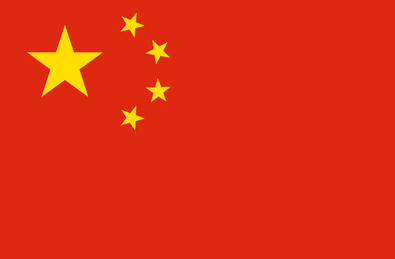PepsiCo, Heineken, Diageo trend up in 2013 global FMCG league but Tingyi steals show

That said, OC&C Strategy Consultant's ranking system is only based on one measure - grocery sales measured in US dollars; the company also records EBIT margin and return on capital employed for a more complete picture of company performance, but this is not reflected in the league table.
Swiss giant Nestle is the clear FMCG No.1 with $99.457bn in 2013 sales (adjusted to exclude excise duty where relevant for all companies) followed by Procter & Gamble with $84.167bn.
Taking beverage firms alone, PepsiCo is up one place to third with $66.415bn in sales followed by Coke in fifth ($46.854bn), AB InBev in sixth ($43.195bn) and Heineken in 14th (up one place at $25.504bn).
Kirin Breweries also rose one place to 17th while Diageo and SAB Miller also gained ground - up three and four places respectively to 19th and 21st.
Tingyi Holdings bursts into Global 50
But Asahi Breweries lost seven places and fell to 24th on the list ($17.356bn sales), while Unilever was usurped by PepsiCo in third place, falling down to fourth.
China's Tingyi Holding made the Global 50 for the first time, entering at No.41 with a turnover of $10.9bn in 2013.
OC&C noted that, since 2009, Tingyi has rejigged its portfolio to reduce its ratio of sales captured by noodles (45% of sales versus 40% in 2013), and boost it in beverages - up from 50% to 57%.
One reason for Tingyi's growth is, of course, it's partnership with PepsiCo from 2012, which has allowed it to strengthen distribution - serving 107,100 retailers after the partnership (and 110,000 in 2013) compared with 86,800 in 2011.
"In 2013, Pepsi’s drinks business grew by 20% and became profitable, and Tingyi saw a 13% local currency sales growth as a result," said Will Hayllar, partner at OC&C.
Returning to Tingyi, the analysts said it exemplifies many of the features that have made local players formidable competitors to established Global 50 players in BRIC markets, where taking an average figure for their group performance, they lost 0.7% share in China in 2013, 1.3% in India, 1.4% in Brazil and 0.4% in Russia.
'Rapid-fire innovation' one key to Tingyi's success
Tingyi's strengths, according to OC&C include (1) very rapid innovation - with large volumes of new products launched with the market determining 'winners' (2) investment in very wide distribution (3) entrepreneurism with judicious use of partnerships to bring in well-known brands such as Pepsi's beverage products.
Such global trends are having a far-reaching influence across FMCG, according to OC&C.
"That rapid fire innovation model is seen in several other examples across BRIC markets, and indeed is becoming a source of innovation back into more mature markets," the company's analysts write.
Unilever, Nestle P&G sell off non-core businesses
OC&C said divestments among the Global 50 are increasing as the likes of Unilever, P&G, Nestle and Mondelez sell of lower growth businesses, while M&A is centered on reinforcing existing core positions.
And rather than taking 'great leaps' into new ventures (this seems to be the preserve of personal care and pharma giants), OC&C Strategy Consultants said selected beverage innovation in adjacent categories was more common among the champions in general.
For instance, PepsiCo is exploring possibilities in dairy, hummus and other fresh dips and baked grain snacks to augment its snacks range, while Pernod Ricard has introduced Absolut Tune which blends vodka with Sauvignon Blanc.
“It is a first in breaking down silos between wine and spirits,” OC&C’s analysts write, noting that 11 out of the 2013 Global 50 developed innovation across adjacent categories in 2013.










